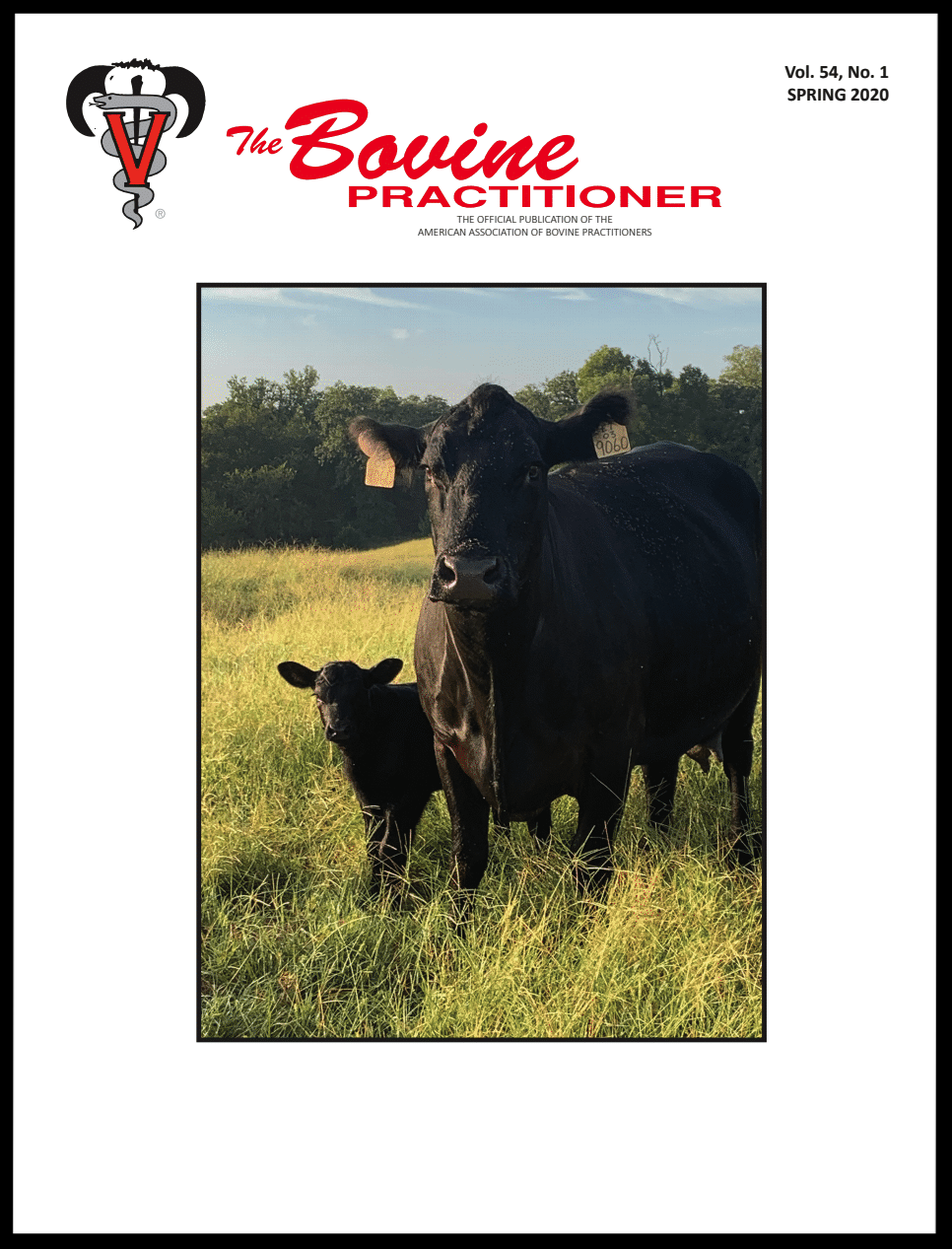Dose response reduction of aflatoxin M1 in milk of Holstein cows administered an aluminosilicate clay adsorbent
DOI:
https://doi.org/10.21423/bovine-vol54no1p1-8Keywords:
aflatoxin, aluminosilicate clay, dairy cow, milk production, mycotoxinsAbstract
Thirty-five Holstein cows were utilized in a completely randomized design to evaluate the efficacy of 2 doses of an aluminosilicate clay at reducing aflatoxin M1 (AFM1) transfer into milk. Cows were stratified by parity, stage of lactation, and milk production. Cows were assigned to 1 of 5 dietary treatments for 13 days (n = 7): (1) control (CON), basal diet; (2) clay control (4C), CON plus 4 oz clay; (3) aflatoxin (AF) control (AF-CON), CON plus 113 ppb AF; (4) AF-CON diet with 4 oz clay (4C+AF); or (5) AF-CON diet with 8 oz clay (8C+AF). Data were analyzed using the GLM procedure of SAS, and significance was declared when P ≤ 0.05. Milk yield was greatest in 4C+AF and 8C+AF cows and least in CON. Milk AFM1concentration averaged < 0.01, N/D (< 0.04 ppb), 1.64, 1.26, and 0.90 ppb for CON, 4C, AF-CON, 4C+AF, and 8C+AF diets, respectively. A dose response was observed for AFM1 transfer with a 21.88 and 40.63% reduction in cows consuming 4C+AF and 8C+AF diets, respectively. Feeding aluminosilicate clay to AF challenged Holstein cows resulted in a dose response reduction in AFM1 secretion and improved milk production.






